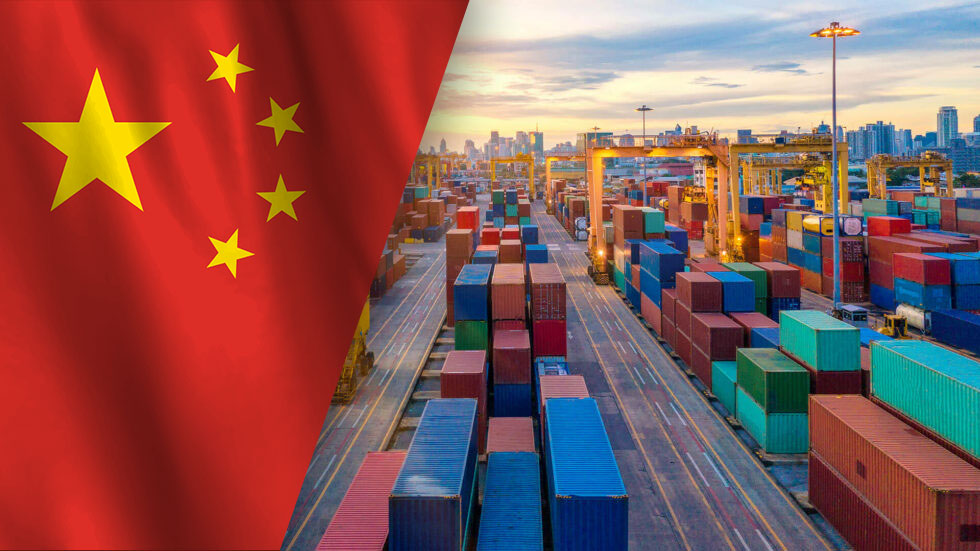Written by Jamie Rodgers, CEO of J.M. Rodgers Co., Inc.
New tariffs imposed last year that led to a Trade War with China have now been in place for many months and have shown their impact in many ways. While the tariffs have yet to cause a crash or recession as some predicted, it does not mean they have not been without effect.
The first areas hit were steel and aluminum, with new duties set on nearly all of their imports starting in March 2018. The goal was to revive a moribund metals industry in the United States that had been on a steady decline. However, in the 15 months since their imposition, it has not entirely been a boon to the steel industry. Jobs numbers are mixed, with a small increase of steelworkers but less aluminum workers. Consumer prices of steel products have risen, and often caused difficulties in industries such as auto manufacturing and construction that use a lot of steel products.
Global market forces have seen prices of steel drop below the amounts at the time of the tariffs, cutting sharply into the highs that had been experienced by major US steel producers in the immediate aftermath of the tariffs. But all is not bad- while the juiced revenues of the US steel companies did not sustain consistently, the steel companies are in many ways better off now than before.
The section 301 tariffs imposed on China set off a long trade war that shows no signs of abating. With nearly half of US imports from China now subject to a 25% duty, it’s hard to find an industry that has not been beset by higher costs due to the amount of manufacturing done in China. Exports from the USA have been hit as well, with many farmers
India has been subject to increased tariffs. They were not the target of a specific campaign, but their status within the Generalized System of Preferences (GSP) was reevaluated, and they were found to have passed a development threshold to where they no longer needed duty-free treatment afforded by GSP. In response, India has raised tariffs on their major imports of US goods, which happen to mostly be agricultural products like apples and almonds.
Mexico was initially hit by the 232 tariffs, but later eventually got that status rescinded. The big story with their tariffs was only a few weeks ago, when President Trump threatened a 25% additional duty on all imports over the southern border if certain commitments in border security weren’t made. A joint statement between the two countries with these commitments was announced days later, averting a tariff imposition that would have had far-ranging impacts on nearly every industry.
US Customs has seen a marked increase in their revenue collection. Year over year, they have seen a 78% increase in duties and taxes collected, being on track to collect more than $72 billion in 2019 if current tariff levels hold, up from the previous highest amount of $22 billion. The majority of this increase has been from the 301 duties out of China- and these duties are entirely eligible for duty drawback.
While groups like the Chamber of Commerce and others including the executives of Wal-Mart and Target have publicly decried the duties, they have not yet caused the extreme financial fallout many feared, though worries persist among many economists. It is possible that they will lead to beneficial trade deals with the United States and could be a big benefit to US industries and producers as time goes on. Supply chains take time to shift, and if businesses choose to bring their manufacturing to the United States or more favored partners, it could be a net benefit to the US economy.
If you have any questions about how tariffs affect your business, please contact our VP of Sales Andrew Galloway at agalloway@jmrodgers.com or 973-726-5340.





